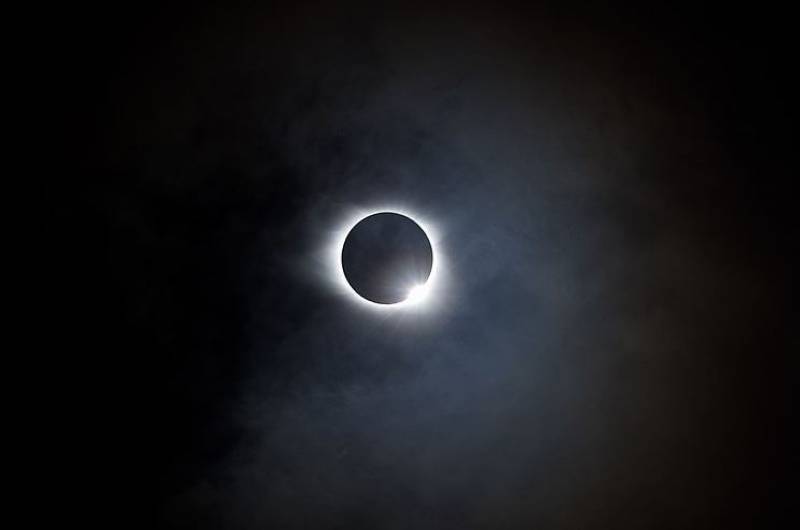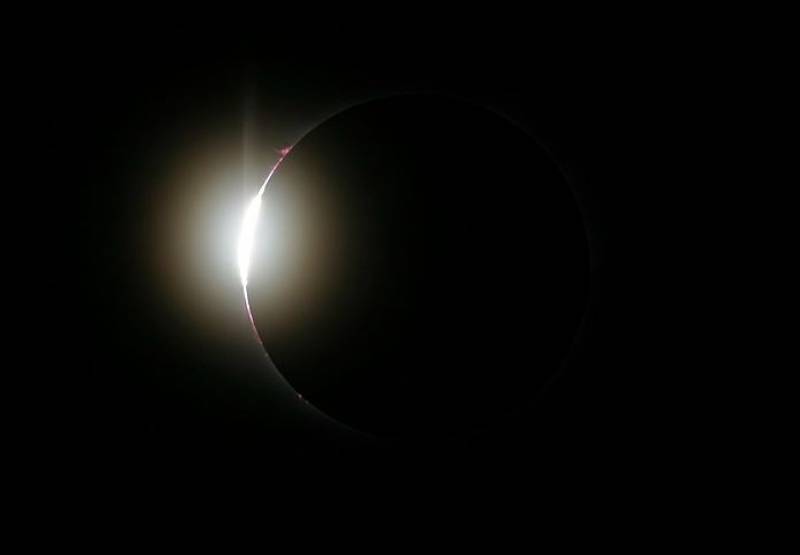Date Published: 21/04/2022
ARCHIVED - Spain will experience a total solar eclipse in 2026 for the first time in 121 years
Three consecutive celestial events will mark this as the ‘decade for solar eclipses’ in Spain

It’s now been 117 years since Spain experienced a total solar eclipse, where the Moon completely covers the sun, thus turning broad daylight into night, a spectacular event. But the wait is almost over, as the country is about to witness three major eclipses in the same decade, beginning in 2026.
August 2026

For the first time since 1905, a total solar eclipse will be visible from Spain in the late afternoon of August 12 2026. Given the sun’s location, the main event will only be visible along a 290-kilometer-wide strip that will include areas such as A Coruña, Gijón, Oviedo, Santander, Valladolid, Vitoria, Zaragoza, Valencia, Castellón, Tarragona and the Balearic Islands.
Star gazers will witness the Moon slowly overlapping the sun, as if it were taking a bite out of it; this bite will get progressively larger until the sun is completely blotted out and the country is plunged into darkness. The entire event will last just over a minute before the Moon begins to slide away.
The eclipse will begin late in the afternoon, when the Moon is hanging just above the horizon; therefore, an unobstructed view out to sea would be ideal.
Second eclipse in 2027

The country won’t have to wait long for its second total eclipse, which will occur around sunset on August 2 in 2027. Given that it will take place in mid-summer the view is expected to be perfect, although this time the eclipse will only be visible in a small part of Spain.
The total eclipse will appear in the extreme south of the county, from Cádiz to Malaga, while Sevilla and Granada will experience a 98% blackout. The north African enclaves of Ceuta and Melilla will also enjoy the show in its entirety.
Annular eclipse of 2028

The following year, Spain will enjoy an annular eclipse on January 26. An annular solar eclipse occurs when the Moon is a little further away; it covers the sun’s centre but leaves the outer edges visible, forming a ‘ring of fire’ or annulus.
It is, however, an equally unforgettable phenomenon that can be seen in a large part of Spain, from Ibiza and Formentera, continuing through Valencia, Castellón, Alicante, Murcia and ending with Granada, Córdoba, Seville, Malaga and Cádiz.
Images: Wikimedia Common
Loading
Sign up for the Spanish News Today Editors Roundup Weekly Bulletin and get an email with all the week’s news straight to your inbox
Special offer: Subscribe now for 25% off (36.95 euros for 48 Bulletins)
OR
you can sign up to our FREE weekly roundup!
Read some of our recent bulletins:
Discount Special Offer subscription:
36.95€ for 48 Editor’s Weekly News Roundup bulletins!
Please CLICK THE BUTTON to subscribe.
(List price 3 months 12 Bulletins)
Read more stories from around Spain:
Contact Spanish News Today: Editorial 966 260 896 /
Office 968 018 268





























